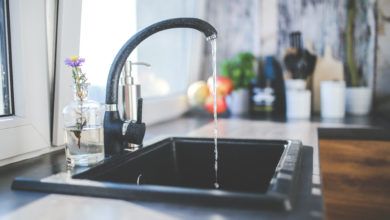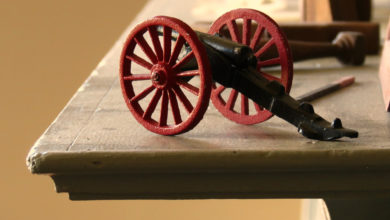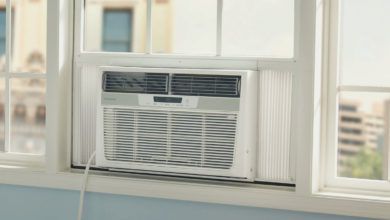One of the most overlooked means of reducing business cost is through energy savings. You could save big time simply by cutting down on energy use in your office. Learn more about how to achieve this with the practical tips below.
1. Turn-off the lights when not in use
Reduce your energy bills by turning off the lights. Turn-off lights when and where not in use. You have to be deliberate about this. Make sure the lights in out-of-use rooms are not on. You and your staff should make this a routine. You could educate your staff on the health effects of excessive exposure to light. In bathrooms, conference rooms and other rooms not frequently used, set up occupancy sensors that automatically turn lights on and off when people enter and exit respectively.
2. Use energy-saving bulbs
The normal light bulbs should be replaced with energy-saving bulbs, like CFLs (compact fluorescent lamps). These bulbs use less energy and last longer too. Use energy-efficient lighting fixtures and LED lights accredited by Energy Star. Regulate your outdoor lights with photocells and timers.
3. Reduce Heating and Cooling Bills
If you do some checks, you will find out much of your expenses are on heating and cooling systems. There are ways you could warm up and cool down your office naturally and reduce your bills on heating and cooling.
You could achieve warmth naturally by opening the window blinds when there’s sun. Sunrays would help heat your office and relieve heaters of some work.
When leaving your office, turn down your thermostats. You could save up to 10% of your heating bills with this simple practice.
Turn on your ceiling fans in winter. Ceiling fans help circulate warmer air from the ceilings.
In hot seasons, keep down your curtains and blinds. You could also use solar films to bar sunlight from entering your office.
4. Turning off your electronics isn’t enough
Do not only turn-off computers when not in use; also plug them out. Electronics like laptops consume energy when they are off so far they are plugged in.
5. Multiple light switches should be labeled
Doing this would help you know which lights to turn on when working in an area and which lights to turn off on a sunny day.
6. Be conversant with your heating controls
You should know which thermostat heats each part of your office, so you could easily switch off the thermostat for working areas, not in use.
7. You need to acquaint yourself with your office energy management. When you know their set points and rules, you could liaise with them for bill wave-offs in certain areas. You could also formulate energy policies with the information you’ve got, stating the temperatures and times for heating and cooling. Let your employees stick to that!
8. Check for air-leaks
Heating and cooling systems’ efficiency could be reduced significantly by air-leaks or drafts, also resulting in energy wastage. Seal leaks if any, and you’d be reducing your energy cost by the optimal working of your HVAC.





